Change lenses, the same topic that has been around for a while.
Before I wrote this article, I just purchased a niche camera, the Canon EF 24-70 F4, which may make many people not understand it. There are 24-70 2.8, there are 24-105, and the aperture is not as good as the former. Talking about the cost-effective coke segment as the latter, what to buy it?
This 24-70, I chose it for the following reasons: First, enough light, two, good quality, three, with 5D3 and flash, F4 enough aperture, four, Hong Kong water prices are very nice, five, the original factory defense Shake to force, six, with a small macro, seven, with me to move brick or shoot at random is very convenient.
The reason for not choosing the original factory deputy factory 24-70 2.8 is one point: heavy, even if the aperture is open to 2.8, my 50 1.8STM and Canon 35 1.4 can also kill 2.8 of the amount of light.
Reasons for not choosing 24-105: poor picture quality, image stabilization and 24-70 bad 1 stall, 105 soft end, not to mention the 10,000-year line break problem.
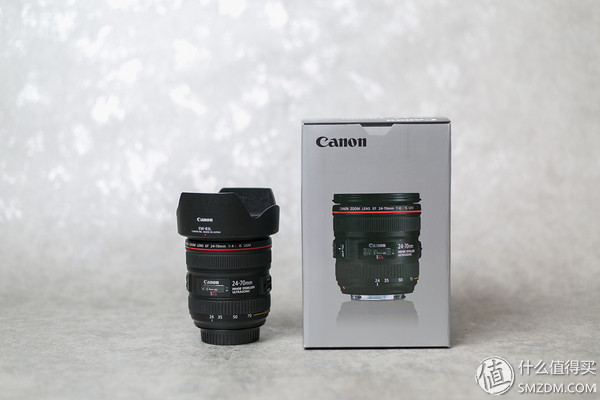
24-70 F4, the price of Hong Kong Water 4k +, while the price of artifacts 24-105 price is only 3K, should be the cheapest dog red circle.

24-70 and 24-105 families are external zoom, easy to enter the gray, 24-70 overall weight is only 600g, lighter than the 24-105 about 70 grams, while the aperture blades are also more than a 24-105, theoretically 24 The -70 blurring spot is more rounded.
The hood installation method is also a buckle before the change, changed to the lock button method, the actual use is very convenient.

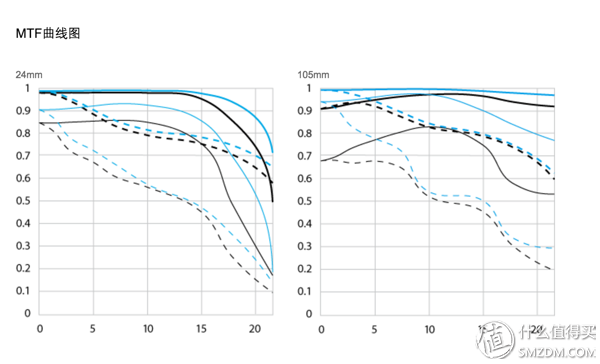
The MTF curve is more complicated. Here you only need to know the vertical axis represents the contrast, the horizontal axis represents the distance from the imaging center, blue represents the F8 aperture, and black represents the full aperture. The thick line represents the contrast (sharpness) of the lens, and the thin line represents the resolution of the lens. In theory, the closer the thin line is to 1, the better the lens quality; therefore theoretically 24-70 F4 is higher than 24-105. This can be demonstrated in terms of actual experience. I used both shots.

Canon all new lenses have canceled the number, to buy second-hand lens according to the number to determine the production time completely ineffective way, Canon this is forcing consumers to buy a new lens rhythm?

The 24-70F4 comes with a macro that can be used when necessary. It is said that there is a focus shift at the macro end, which is not what I actually experience.

You can turn on the macro end by dialing the macro end. At this moment, the telephoto ability of the lens is almost zero.
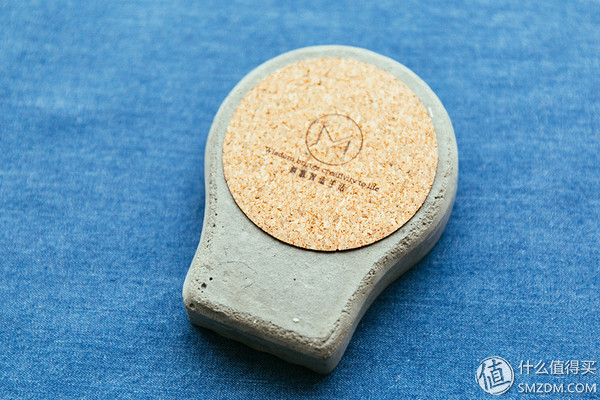
70-side product photographed at the nearest distance.
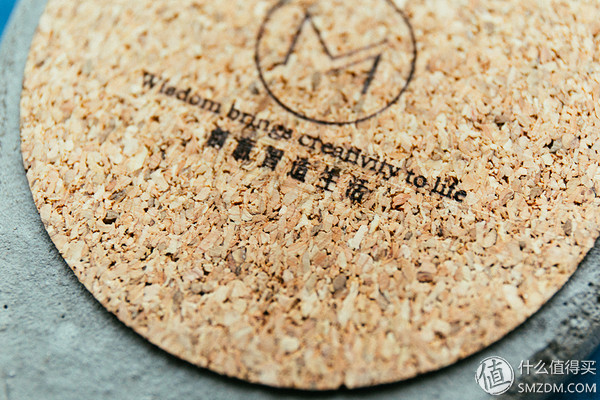
This is the macro end, very awesome, and after my Tamron 90 macro turned into a dead body, some of the emergency shooting can be coped with.
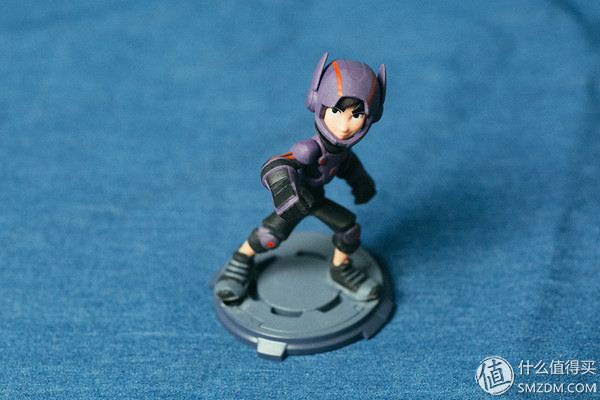

One of the two photographs was shot before the Dragon's 90 micro shot was completely scrapped, and the other one was shot on the 70-70 side of 24-70. Can you tell the difference?
What is the level 4 image stabilization can do? For me, this kind of "Parkinson early" patient, is very much to force:
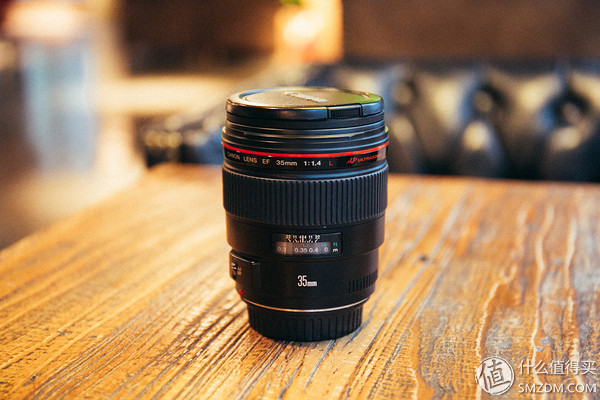
This is the handheld 70, shutter 1/13 seconds, in theory, the safety shutter is 1/70, under the four-level anti-shake blessing, almost no vague situation.
Talk about the purchase experience of a standard zoom lensHere I only provide my own ideas, local tyrants or random ideas.
Standard zoom lens, also known as "work head", dedicated brickwork photography for migrant workers, but whoever has a little fever idea, will often ignore the focal length of the standard zoom, eyes are just large aperture fixed focus, super wide-angle zoom and telephoto 2.8 These three categories.
This statement is indeed correct. Plus, micro-cell phones are now rampant. SLRs are tools for high-quality fever, and standard zoom lenses with F2.8 or less are even less popular. That's why 24-105 and 24-70F4. All appear as a set of heads.
But on a full-frame machine, the convenience of a standard zoom lens is still unbeatable. If you really don't have much interest in photography, believe in the Canon SLR image quality (actually this is a false proposition), tired of changing lenses, or like me For those who often go for shooting activities, it is recommended to buy a standard zoom lens with a 2.8 aperture. Although it is moderate, it is absolutely easy to use, whether it is the original factory or the deputy factory.
And really care about the cost-effective choice 24-105 F4, and the pursuit of quality and light to choose 24-70 F4, but it is recommended to add a big aperture starting at 50 1.8 fixed focus.
The gap between F4's light flux and F1.8 is huge. Under low light in normal indoor conditions, F4 usually has a high sense of energy open to 2000-3200, 1.8 may be as low as 1600, and 1.4 as long as 800 or even lower.
24-105 also introduced the second-generation image stabilization head. At this point, all small three-element anti-shake is completed. However, just like 24-70 F4, the price that has just come out is really touching. Practically speaking, 70-105 can be used in many places. , pay attention to cost-effective or so on it.
As for the 24-105 3.5-5.6, it is really not necessary to purchase. This head is not as good as the 24-105 F4 generation.
On some samples, personally still highly recommend light shots, you have to know that a large zoom constant aperture lens weight is very touching.
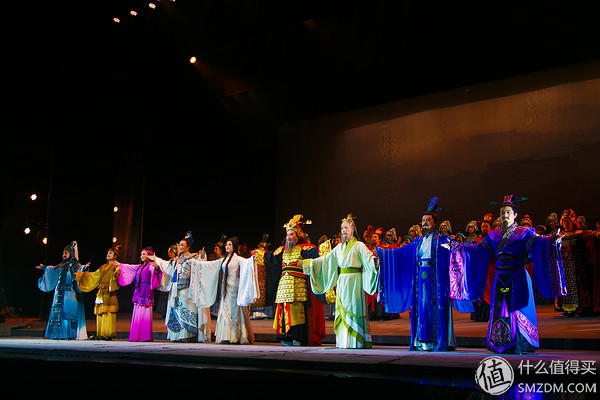
Regardless of 24-105 or 24-70, 24 is a very good focal length. This is a 24-105 F4 wide-angle shot.

The 105 end, you can also barely shoot the stage, the premise is that your position is good enough, and the stage lighting is great, this is 70 can not do.

The significance of the standard zoom is convenient, and at this point I always stubbornly believe that micro-single if hung on the zoom, lost the significance of portable, many players are also empathetic, for biscuits with micro-letters never tired.
With nature, but also the significance of the zoom, but because I fixed the focus for many years, this photo immediately twisted the zoom ring directly on the 35-fifth segment, not 34, not 36, but the proper 35.
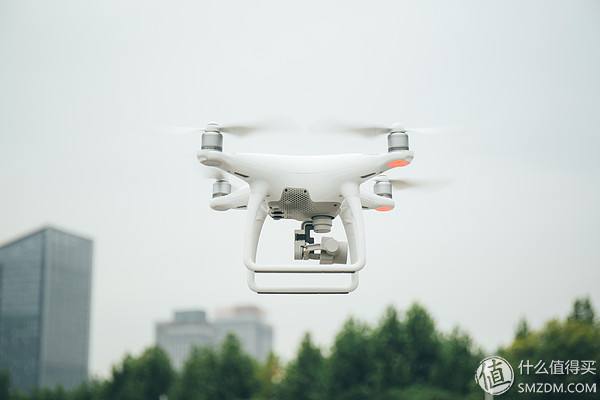
The 70-side F4 aperture has a certain degree of blurring capability, and a well-lit outdoor is the most suitable shooting environment for this type of lens.
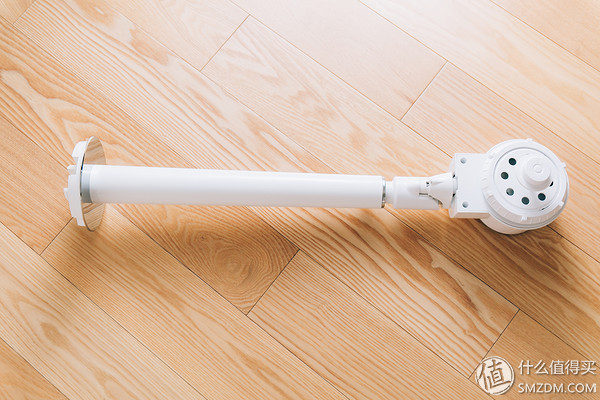
It is also very convenient to open the box with artificial light indoors.

The 24-70 F2.8 wide-angle end can also shoot star trails and galaxy under emergency conditions. This is an early work. For unknown reasons, the grass is inexplicably green.
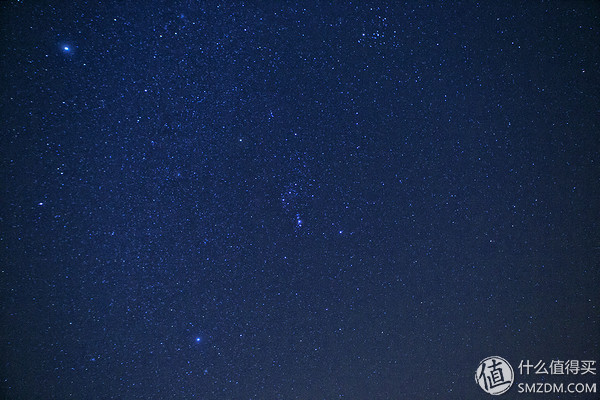
3.2 aperture, high sense, 24-70 F2.8 second generation shooting.
I don’t have many samples of the 24-70 focal length, most of which are taken from commercial activities.
Let's talk about super wide-angle zoom lens purchase experienceIgnore this perversion 11-24, after all, ultra-wide 11 without rivals, and then only wide shift axis and fish-eye, and Tyrant casual, pure shooting 11-24 is the only choice.
Super wide-angle zoom Canon is also a choice of three, 17-40, 16-35 F4 and 2.8, the deputy head of the Dragon and Tulishima five lenses.
First look at the aperture, 2.8 is the meaning of the environment is the portrait, F4 is more biased towards the scenery, after all, no one will use the scene to shoot a large aperture (Star Galaxy is an exception, but where the star track star river, fans will choose to purchase EF14 2.8, The average lover will have a better Sanyang 14 2.8), and most of the consumers are buying back the small scenes and bring the characters into the environment. The travel will bring but it is not recommended to hang up.
why? Because the United States is hidden in the details, the ultra-wide angle includes everything, just like the emperor chose the blind, Wang Zhaojun was so lost in the harem a bunch of nephews. If you want to be beautiful, you have to go to telephoto and discover.
Let's take a look at the quality of the Canon super wide-angle image slag, which has been criticized by people. In the 16th to the 2.8th generation, it still did not get much improvement. Instead, it was overtaken by the 16-35 F4 image quality. Naturally, it was 17-40. Bottom.
To have a fever, there is no human nature to win 11-24, this does not have to say it, sample please go to Baidu on their own, since leaving the big blue whale, no longer realize that local tyrants first start with the head, such as 17 shift, air Cutting machine, 600 artillery.
To take a picture of a tourist environment, it is naturally the second generation of 16-35 F2.8. Even though the aperture of 2.8 is a bit soft, the large aperture is enough to make up for it.
To be light and picture quality, how to take pictures of tourist environment, 16-35 F4.
To be cost-effective, 17-40, this is a probabilistic head, poor quality of the corner Needless to say, if the character outbreak you can buy a very good quality head.
Want to be wide enough and lack of money, Sigma 12-24 Needless to say, a generation of barrel deformation is more serious, good picture quality, second-generation picture quality decreased slightly, barrel deformation has improved. However, one thing that must be mentioned is that it is not that you want to make good use of the super wide, 16 or less, 15, 14, 12, 11, and 1 mm wide, the degree of difficulty multiplied.
Want a certain picture quality and super-wide, Tamron 15-30 2.8 light bulb head, this head never used, never seen, have not filmed, so it is not good reviews.
Want to cost-effective and picture quality, Tu Li 16-28 2.8 light bulb head, touched the volume did not shoot too much, very heavy, with the 5D3 body actually is also top-heavy, but it is not recommended to buy, because maintenance is all in trouble.
Want a super cost-effective, Tu Li 17-35 F4, I used this head for 1 year, telephoto end can not bear tolerate, contrast is too high, sharpness, still dead heavy.
Want unparalleled value for money, Tamron 17-35 2.8-4, this is a bad, only second-hand goods, very cheap, can still be reluctant to accept the performance on the half-width, full-frame top corner is miserable, know an activity photographer to use this header According to him, it is good to be able to take pictures and make money.
 17-40 F4's early works. At that time, he liked HDR better and did dirty things.
17-40 F4's early works. At that time, he liked HDR better and did dirty things.
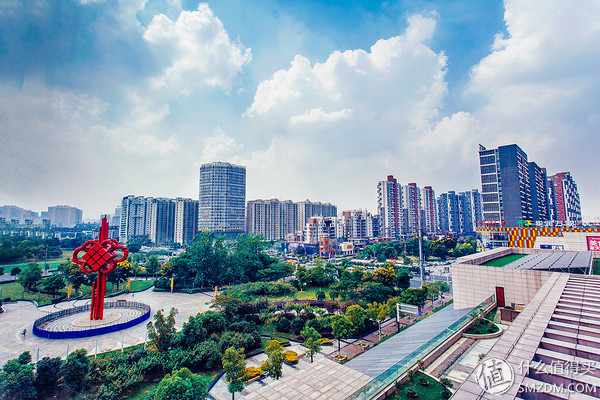
The scene shot across the hotel's dirty glass, as long as the station is high enough, 17-40 city shooting is also enough, this picture also supports the importance of the latter part.

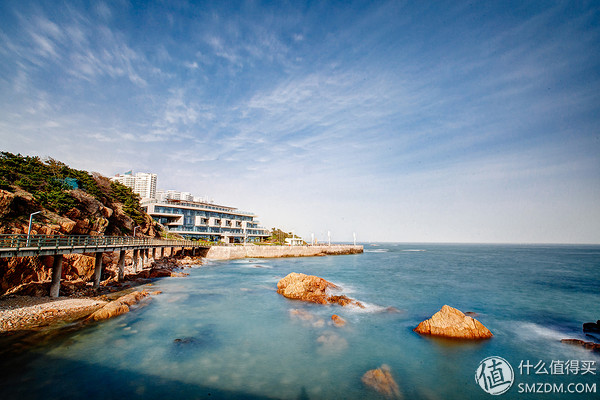
Where do I travel, haze ran along with me, Qingdao is also, taken in the Olympic Sailing Center, 17-40.
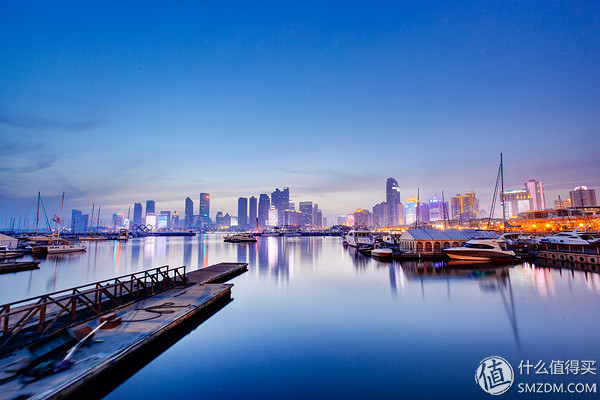
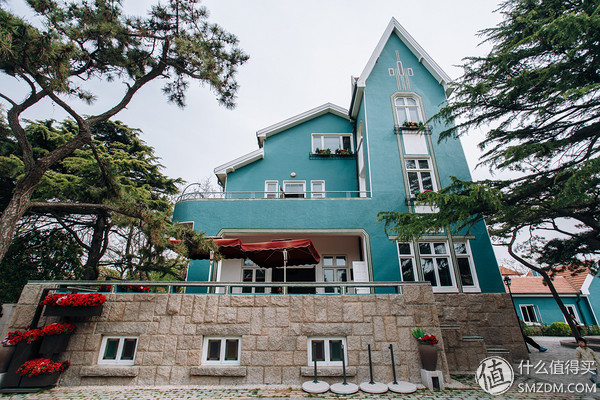

All above are shot at 17-40.
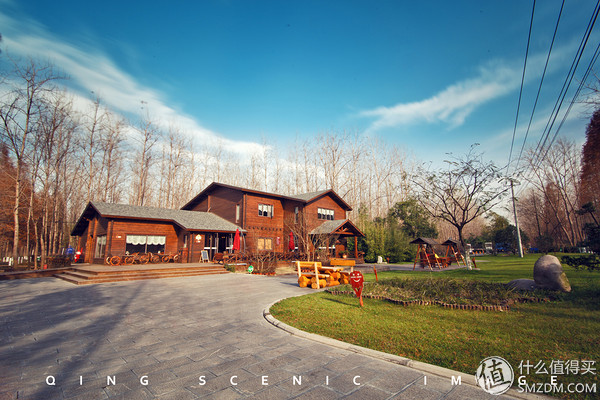
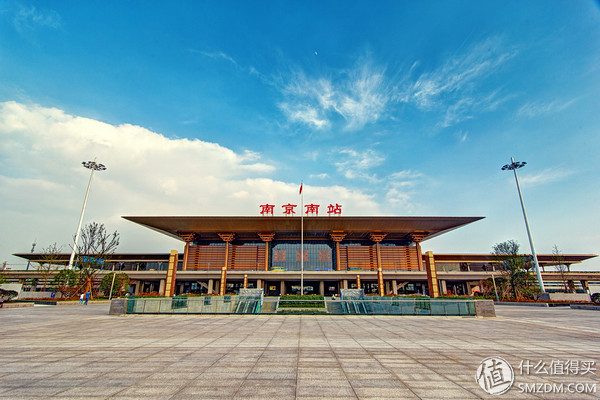

All of the above are taken from Tu-Li 17-35.
The use of the ultra-wide lens is less used. Its perspective is too wide and wide to let you ignore the immediate beauty.
Talk to a few common fixed focal points:
Wide fixed focus
The focal lengths of 24, 28, 35, and 20 in the wide-angle fixed focus are a bit of a surprise. At present, only Sigma has introduced new products, and Canon also has a 20 2.8 USM.
28 and 20 are niche focal points, generally little attention, Canon has 28 and 20 are old models, not detailed chat, in fact, I want to chat in detail, I can not talk, in line with the principle of responsibility I can not There is no basis for nonsense.
24 and 35, Sigma also made two 1.4-inch apertures, counting Canon's F2 new head, and there are 7 shots in production and waste heat.
Canon 24 1.4 generations, 35 generations, Sigma ART two, and a 35 F2 USM.
How to choose?
Wide-angle large aperture fixed focus, more use is to shoot environmental portraits, indoor portraits, private homes Shenma, of course, can also take more shots, such as scenery, still life, sketches, street sweeping, relative to the focal length of 24, 35 of the applicable surface The broader, but also tired of the portrait of the gods as "boring, moderation."
In fact, this is a real proposition. The great gods who shoot are naturally challenged to a higher level of difficulty. The wider the shots, the harder it is to use them. Especially for portrait shooters, for ordinary lovers and players who rarely shoot portraits, 24 1.4 buy back. Not as good as a 24-70 2.8 frequency.
Some say arbitrarily, 24 1.4, if you do not even use 35 1.4 people, do not contaminate this head 24, such as me.
Gao Fushuai ignores, after all, the surrounding sister is like a cloud, what model looks good will not be bad. This is the same truth that never changes.
Let's talk about 35 again. Just like the portrait of the Great God, the commentary is “boring, moderate,†and the 35-dim view is very easy to use if it does not shoot portraits.
35 is a small wide angle, you can minimize the deformation of the perspective deformation, you can sweep the street at night, you can shoot in low light indoor, you can shoot still life, 35 small wide angle 1.4 aperture is very psychedelic illusion, you can give the child to shoot Meng Meng big There are, of course, some teachers’ favorite private homes.
The amount of light transmitted by 1.4 is excellent, and the aperture of F2.8 is not so large. F2 barely touches the threshold of a large aperture. The ambiguity of 35 2 and the blur of 35 1.4 are not of a grade at all, but Canon's 35 2 has anti-shake.
Simply put, if you shoot less in low light, don't become obsessed with oversized apertures, original plots and price sensitivity, and focus on the quality and weight of the focus, the EF35 2 IS USM is your best choice.
The second-generation 35 1.4 is naturally the first choice for high-rich handsome, black and thick and large, and great quality.
Generation 35 1.4 quality and Sigma similar ART, but Sigma ART contrast and sharpness is still better than the generation of purple king, as for coke problem, a friend of 35 art 1.4 does not run on my 5D3, not on his 6D Running, other models are still a puzzle.
In terms of price/performance, 35 ART 1.4 is second to none.
Samples put a little more:
The first is 35 2, without USM and IS, and the picture quality is poorer than the second generation 35 2.

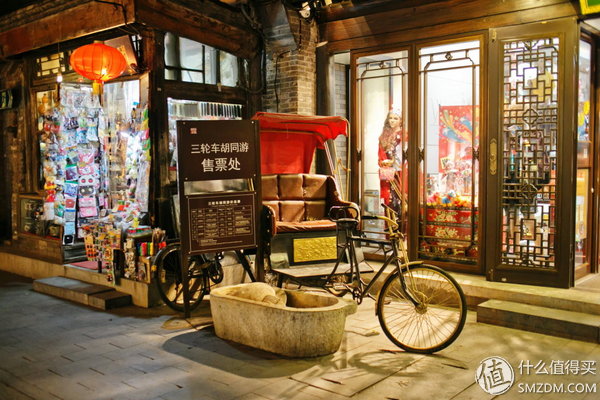
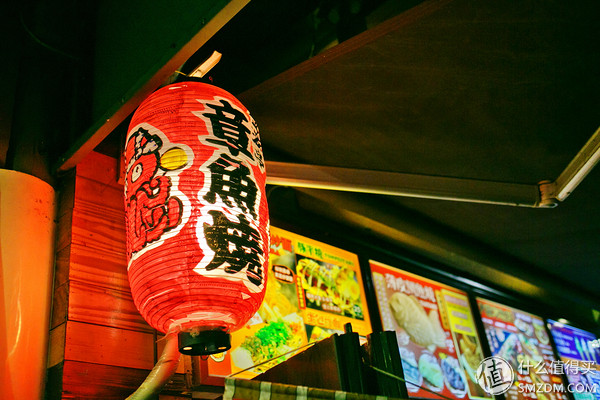

35 The splicing is very good, as long as there is a tripod, as long as there is enough space, you can get a few.
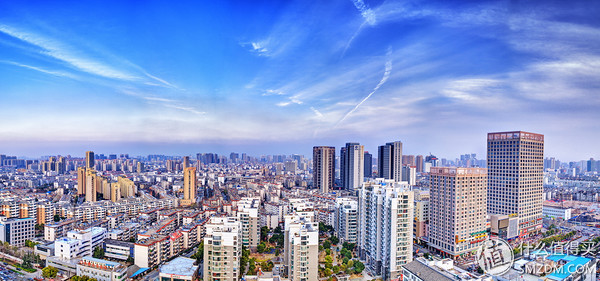
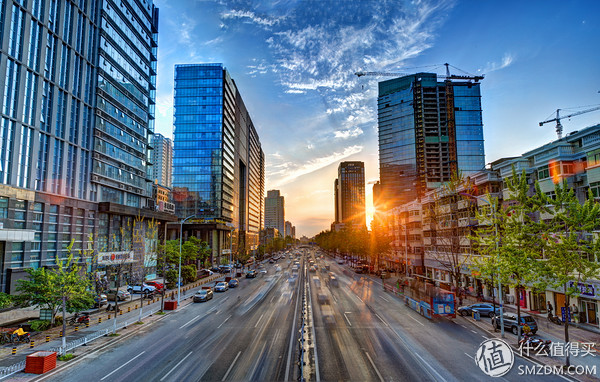
The above two are also old 35 2 filming shots.



35 1.4 The well-deserved eye of the night, the night scenery has no pressure.

1.4 The aperture is reduced to 8, the sharpness is very good, it is enough to pat a small range of scenery.
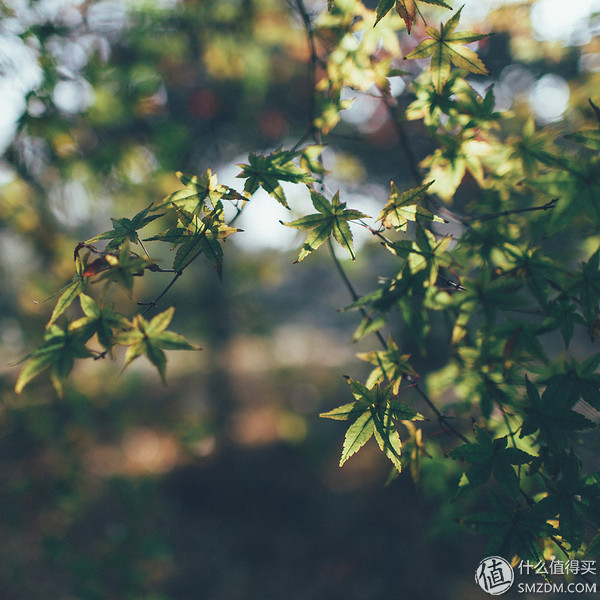
Even if the usual bland scene is in mottled light and shadow, plus a certain degree of ambiguity, it becomes different.

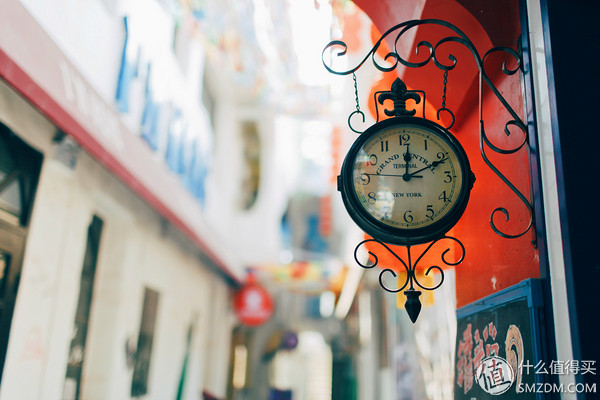




Shooting still life is also a good hand, but it is still a little wider than the 50 degree segment.
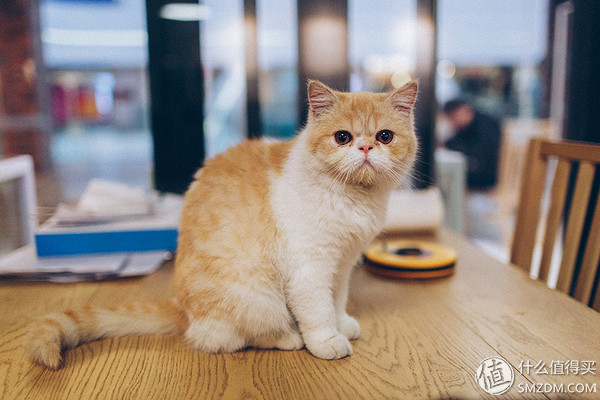


Temporary shovel exorcism, you can shoot a good relationship with any shot, in general, to slap the cat to see the mood, to tease her, to capture, and shoot the dog, Wang Xingren can basically be very friendly to interact with you, especially Big dog.
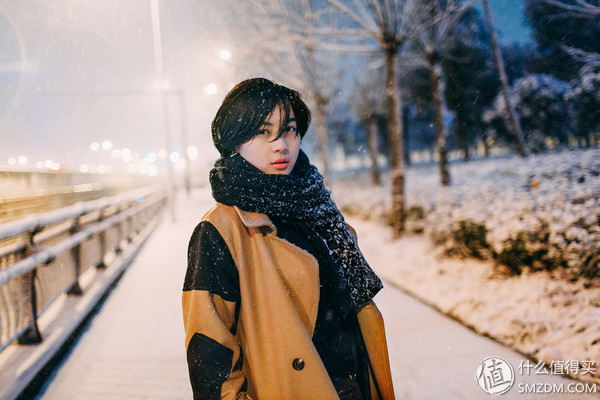





There are not many portraits because they are not very good at communication. In any case, 35 1.4 is too “trivial†for the portrait god. For ordinary people, this head is still difficult to control.
Standard fixed focus
50, commonly used on the 50 1.8 two-lens, 50 1.4 and 501.2 and Sigma two versions of art and old.
The head of this focal segment caused me some sadness. In addition to the small scenery, the 50 is also a shot that can shoot everything. The 50 focal length is closer to the flat style. In this focal length, shooting a still life is much easier than 35 and 28. More distance, but easy to color. As for portraits, if you often go to figure bugs, you will know that the gods disdain the telephoto end of 85 and 135, and use 35 and 50 for 1.4.
1.8 has always been the entry-level head of each home, cheap, color, high cost, Canon is no exception.
The earliest appearance of 50 1.8 is the iron shovel, iron butt, metal bayonet, distance window, and 35 2 of the same design style, unfortunately came out shortly after the suspension of production, introduced the second generation of 50 1.8, which is our most common plastic. , Rough work, noisy focus. The 50 1.8STM is Canon's new generation of silent motor camera. In fact, this STM, manual focus can still enter a slightly irritating motor sound, it is recommended video or buy 50 1.4 version.
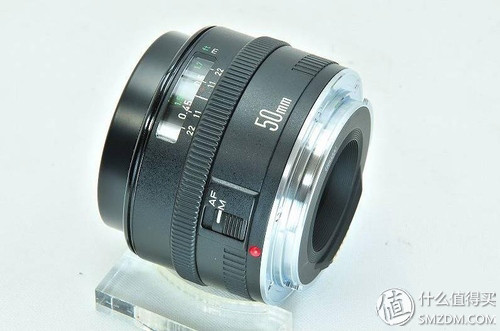
The earliest first generation of shovels, and 35 2 is a design style.
50 1.4 is Canon's old lens that has not updated the production line lately. The price/performance ratio is OK, but it's a bit old. The motor that is not very mature, at least the friends I know around, have repaired twice because of this problem.
The Sigma ART series need not be mentioned. Apart from the annoying mystery and coke problem, the 50 focal lengths basically suppressed all 50 shots of Canon. In terms of price and picture quality, the 50-1.2 odds were only the original brands' bonuses. After all, 50 1.2's irregular defocusing is enough.
50 My shopping proposal is: The price budget is not enough, the preferred 50 1.8STM, 1.8 aperture can be fully open, much stronger than the second generation of small.
If price budgets are available, 50 1.4 ART is preferred.
As for the original 50 1.4 and 50 1.2, one is a low-priced brand markup, one is a high-priced image quality and original markup, although the former is beaten by the arts in quality, and the latter is inferior to art in price. Due to the original complex, it is still possible to consider the next two, fixed focus without low-level travel, the portrait of God on the statue still big with a lot of 50 1.4 and 50 1.8STM out of the film.
Put some samples:
Let's take a look at 50 1.8 STM, a good hand for still life and sketches:


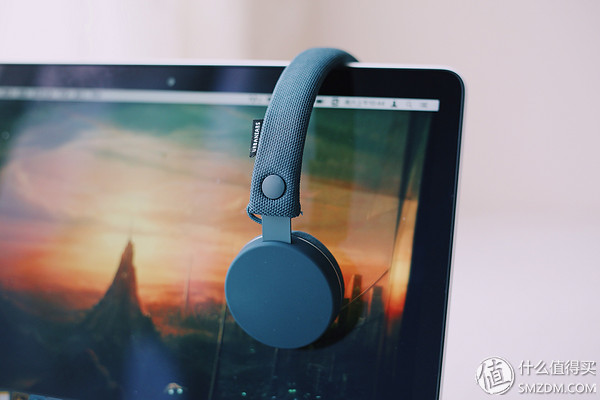



50 this focal length is very comfortable, 50 1.8 shooting still life and 50 1.4 is not much difference, 1.2 is a portrait head.
1.2 samples of friends after asking for consent:

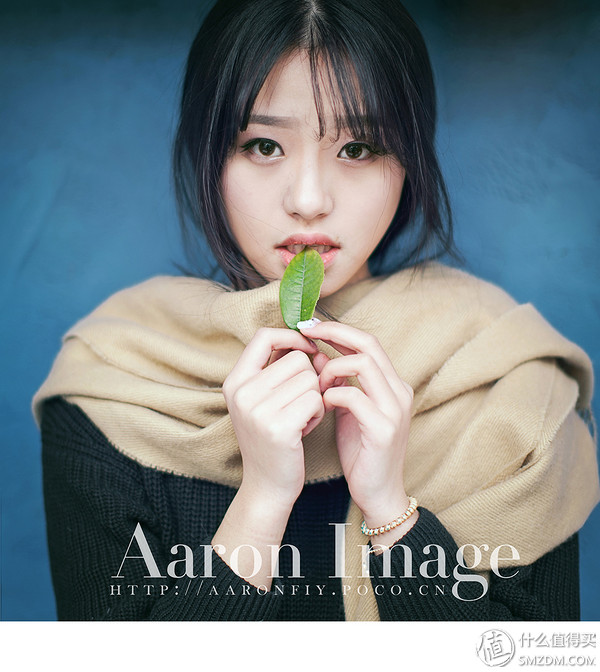
Medium telephoto head
85 and 135, these two heads are very simple, well-conceived heads, buy or not to buy, depending on your shooting portraits are not strong demand, as for shooting children, 50 1.4 and 35 1.4 two lenses should be more widely applicable, The longer the focal length, the simpler the reason for purchase.
The original 85 had only 1.8 and 1.2 pieces. The old version 1.4 of Shima did not know much about it. However, the Sigma brand ART series has been introduced with the new 85 1.4. The optical quality can be expected, but the price is high on the initial stage, and the initial price advantage compared with the original factory 1.2 is not Big.
At 1.8 and 1.2, the gap between these two lenses can be described in terms of light years, unlike the 50 1.4 between 50 1.8 and 50 1.2.
1.8, light color, such as water, aperture full soft, poor coating, but the price is very high, the most cost-effective Canon telephoto portrait head, 85 1.8 occupy a seat.
1.2, the color is full of surprise for heaven, you can straight out without late saturation, sister looks at the film will be wrapped around your atmosphere is not covered, first borrowed friends 1.2 film, I have completely bowed, from this I couldn't finish my thoughts. I had no choice but to shoot portraits. In the end, I lost 85 1.8.
What is the concept of 1.2 blur? I will describe it below.
Take the escalator?
Backsliding half-length portraits, behind the sister, the face can be easily blurred.
At this stage, there is money on the 85 1.2, as long as you often shoot portraits, you will not regret it. 85 1.2 There are a total of two generations of products, all are electronic focus rings, feel bad, the first generation of products focus slowly, the second generation of products have speed, in the 1D series models focus speed will be higher.
1.8, the entry is the best choice, this head you can deliberately shoot Japanese style, self-contained faction.
The sample of 1.8 is not much. I am not good at communicating with my sister. The early works don't show ugliness.
85 1.2 samples from friends, with his consent after the map:
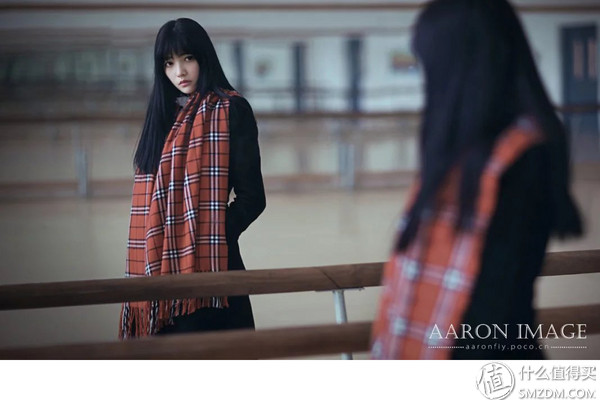

135, only 135 2 of this fruit, without him, evaluate it in three words: worth buying
The aperture can be fully opened, the color is oily, and the price/performance ratio is already high. The only downside is that there is no anti-shake.
Samples, also from friends authorized:

Well, the draft of this article was almost retained for one and a half months. During this period, I wanted to delete it. After all, the lack of portrait shooting allowed me to talk about the characteristics of each lens, such as 70-200, and the axis and macro. , But I think the purpose of content e-commerce is the atmosphere of cheerful discussion, and we look forward to the hidden old drivers to share the next purchase experience.
Jabra Battery Life,Jabra Headset Battery,Jabra Battery Replacement,Jabra Headset Battery Replacement
Shenzhen Sunwind Energy Tech Co.,Ltd , https://www.sunwindbatterylm.com